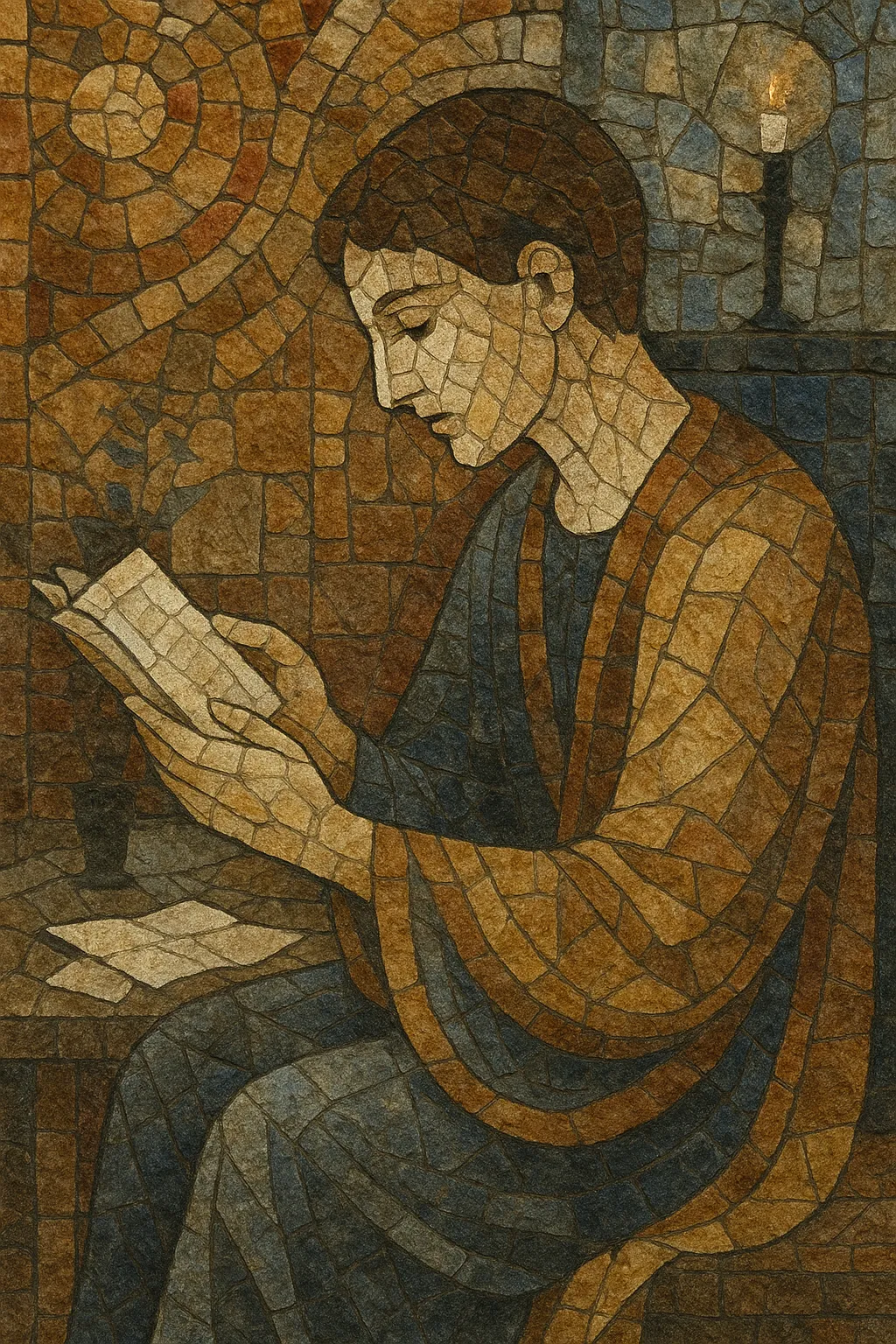Poetry (as a recorded genre) centers on the spoken or performed recitation of verse, foregrounding voice, diction, rhythm, and imagery over conventional song structure. Performances may be entirely unaccompanied or framed by sparse accompaniment such as piano, strings, jazz combos, drones, or subtle sound design.
Unlike broader spoken word, which can include storytelling, monologues, and comedy, poetry recordings focus on literary verse—metered, rhymed, or free—delivered with attention to prosody and poetic form. Releases range from archival readings by canonical poets to contemporary performance sets recorded in studios, classrooms, libraries, and clubs.
The listening experience often emphasizes intimacy and textual clarity: microphones capture breath, cadence, and silence, while arrangements (if any) remain secondary to the poem’s language and pacing.
Poetic recitation predates recording technology by centuries, embedded in classical oratory, salon culture, and educational practice. With the advent of phonograph and shellac-era media, occasional poetry readings were documented, but they were not yet a sustained market category.
The 1950s saw poetry become a recognizable record-store category. Labels in the United States curated albums of poets reading their own work, creating a durable audience for literary recordings. Meanwhile, live scenes—especially those overlapping with jazz clubs and campus culture—positioned recitation as performative art. This era established the core aesthetics of microphone-forward delivery, clear diction, and minimal, supportive accompaniment.
By the 1960s–1970s, poetry readings appeared in coffeehouses, bookstores, and festivals. Recordings captured both intimate studio sessions and energetic live sets. Collaborative projects with small jazz groups, chamber textures, or tape-based atmospheres became common, broadening the palette while keeping the poem’s text primary.
From the CD era to streaming, archival releases (historic poet readings) and new studio projects coexist. Poetry remains distinct from broader spoken word by prioritizing verse, yet it has cross-pollinated with jazz poetry, sound poetry, and slam circuits. Digital distribution has increased access to classroom, library, and festival recordings, while modern production techniques enhance clarity and proximity to the text.
Select poems that read aloud with clear cadence—whether metered, rhymed, or free verse. Edit for performance (line breaks, breaths, emphases), ensuring the text’s arc is perceptible without the page.
Prioritize intelligibility and prosody. Map stresses, pauses, and enjambments; mark where to elongate vowels or land consonants. Practice multiple tempos: slow for gravitas, moderate for narrative, brisk for urgency. Avoid overacting—let imagery and rhythm carry meaning.
Use a quiet space, a large‑diaphragm condenser mic 15–25 cm from the mouth, and a pop filter. Record several passes: conversational, projected, and intimate. Capture room tone for seamless edits. Leave intentional silences between stanzas to preserve form.
If adding music, keep it subordinate to the voice. Consider:
• Sparse piano or guitar voicings (open intervals, sustained chords) • Light jazz textures (brushes, bass, soft horns) for pulse without crowding syllables • Drones or ambient beds to support mood without masking consonantsArrange in sections that follow the poem’s structure; cue dynamics to stanza breaks and climactic lines.
High‑pass the voice gently, control sibilance, and keep vocals upfront. Sidechain or carve accompaniment around the speech band (1–5 kHz). Respect the poem’s architecture: retain breaths and micro‑pauses that signal turns of thought.
Rehearse mic distance, stand placement, and page turns. Announce titles briefly. If collaborating with musicians, agree on cues for stanza transitions and endings. Keep the audience’s focus on the text’s trajectory.


